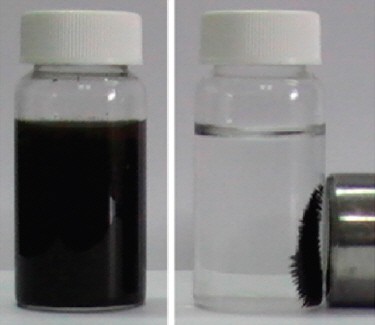Inserting a nanometer-thick insulating layer on graphene enables spin injection into graphene, a step toward spin computers.
Inserting a nanometer-thick insulating layer on graphene enables spin injection into graphene, a step toward spin computers.
High-performance metal-insulator-metal (MIM) diodes made possibe by controlling quantum mechanical tunneling through an ultrathin insulator could change modern electronics.
Gold nanoparticles carrying nucleic acids into a cell must have the nucleic acids tightly linked via covalent bonds to avoid profound, unanticipated effects on gene expression.
US National Nanotechnology Initiative wants your comments on its strategic plan.
Self assembly of aromatic dipeptide into nanospheres stiffer than Kevlar may make possible printing stronger, lighter body armor.
An energy cell containing a lead zirconate titanate cantilever coated with a carbon nanotube film uses nanotechnology to produce electricity from scavenged light and thermal energy.
Unique properties of two-dimensional arrays of carbon atoms promise both immediate applications and advantages for the development of advanced nanotechnology.
Projects exist for aggregating personal computers into one large project for various worthy purposes, from space to biology research, some nanotech-related such a protein folding. Now IBM has a similar project with the goal of developing nanotechnologies for clean water. From Grist.org: In China, Tsinghua University researchers, with the help of Australian and Swiss scientists,… Continue reading Donate your laptop time to nanotech R&D for clean water

We can get a hint of the power coming from longer-term nanotech by seeing what is being discovered today on how to use some of the new materials becoming available. Many of us have been intrigued with graphene, a one-atom-thick planar sheet of bonded carbon atoms. It’s no surprise that exciting applications are being found… Continue reading Single-atom sheet of carbon clears arsenic from water

Frequent Nanodot readers know that our main interest is longer-term nanotech, but sometimes what’s happening today gets pretty exciting as well. A quick summary of recent advances in nanotech used to fight cancer appears in a Computerworld piece by Sharon Gaudin; some excerpts: Rice University said yesterday that when the nanoparticles deliver dye to the cell,… Continue reading Today's nanotech lets $400 camera see cancer cells